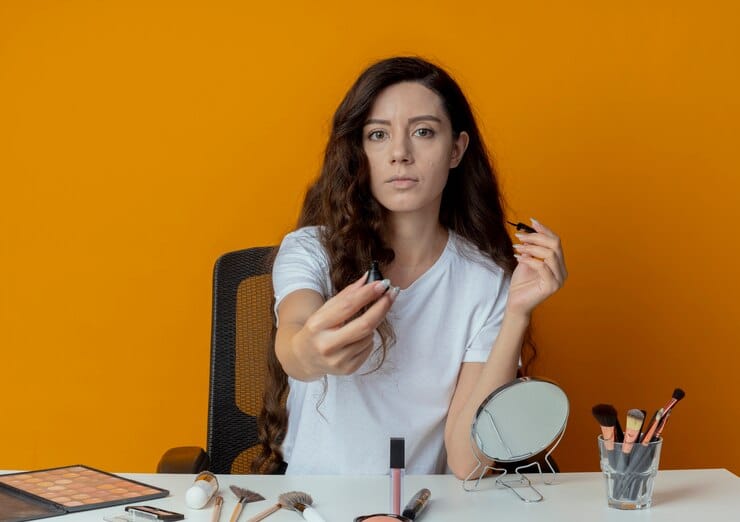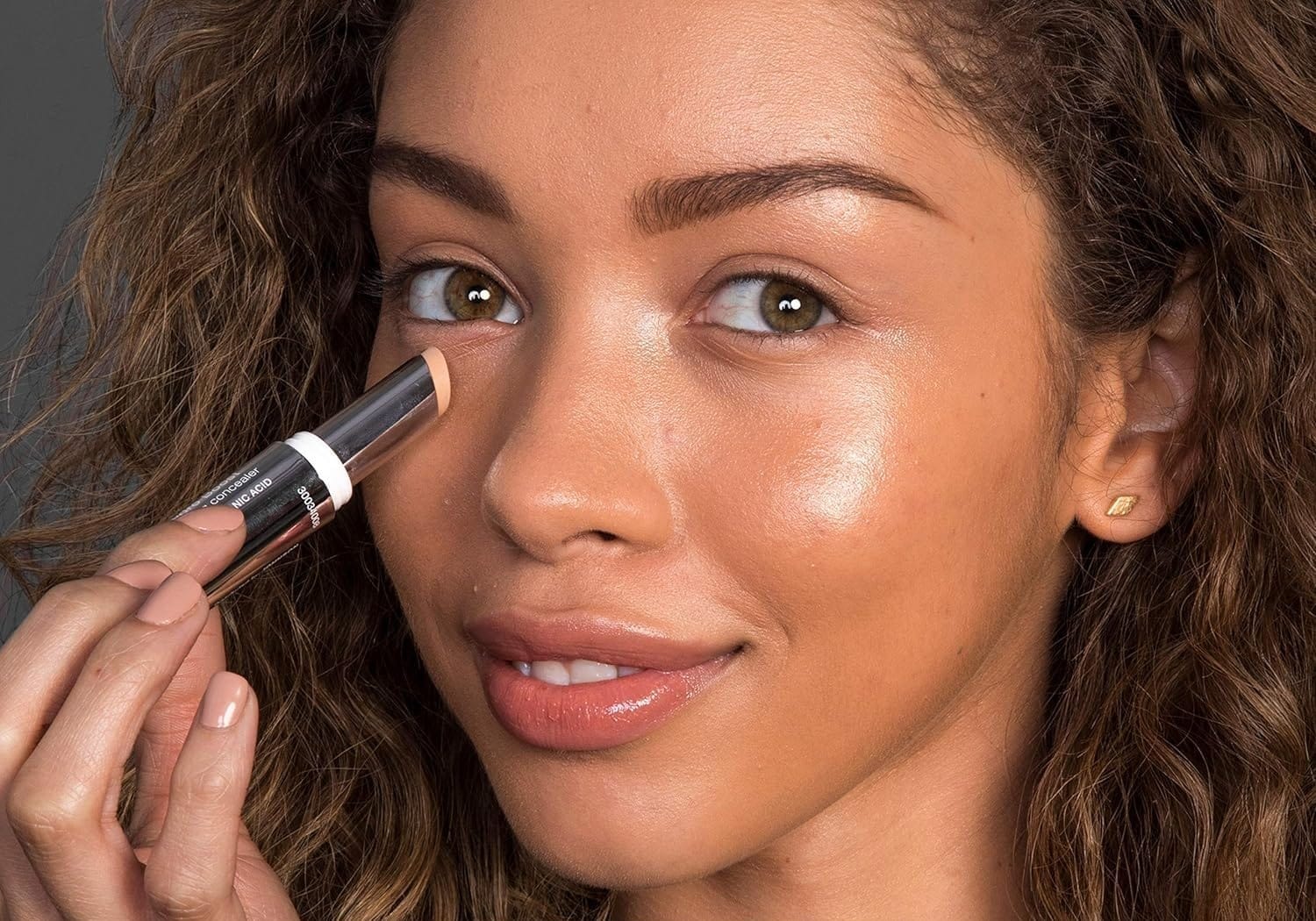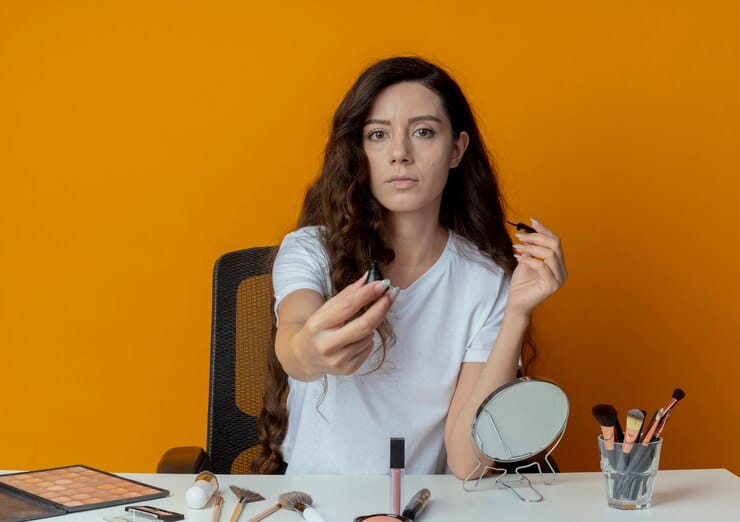Key Takeaways:
- Choosing the right concealer shade is crucial for achieving a flawless makeup look.
- Concealers should generally be a shade lighter than your foundation to effectively cover imperfections and highlight features.
- Understanding your skin's undertone is essential in selecting the perfect concealer shade.
Understanding the Basics: Concealer vs. Foundation
Concealer and foundation are both staples in a makeup routine, yet they serve distinct purposes. The foundation is designed to create an even base and cover large areas of the face, providing a uniform color and texture. Concealer, on the other hand, is typically thicker and used to cover imperfections such as dark circles, blemishes, and age spots. The effectiveness of a concealer depends not only on its formula but also on selecting the right shade.
The Role of Shades in Makeup
The shade of your concealer plays a pivotal role in how natural and effective your makeup appears. A common question is whether the concealer should be lighter than the foundation. The simple answer is yes but with nuances. A lighter concealer is used to brighten under-eye areas and highlight certain facial features, such as the bridge of the nose or the brow bone, making them stand out against the foundation base.
Selecting the Right Shade
When choosing a concealer, aim for a shade that is about one to two shades lighter than your foundation. This difference helps to illuminate the face and makes the eyes appear fresher, especially important for those with dark circles. However, going too light can result in an unnatural, stark contrast, especially under natural light.
Importance of Skin Undertones
Understanding your skin's undertone is essential when selecting the perfect concealer shade. Skin undertones fall into three main categories: cool, warm, and neutral. Cool undertones exhibit hints of pink or blue, while warm undertones feature peach or yellow tones. Neutral undertones have a balanced mix of these colors. Silver jewelry tends to complement cool undertones, whereas gold jewelry complements warm undertones.
Adjusting Concealer for Different Skin Tones

Fair Skin Tone: Choosing the Right Concealer
For individuals with a fair skin tone, selecting a concealer that complements the natural skin tone without overpowering it is crucial. A light concealer that is one or two shades lighter than the foundation shade can work wonders in masking under-eye shadows and minor imperfections. This subtle difference helps in brightening the area without creating a stark contrast, which can often draw more attention to the spots you're trying to conceal.
Dealing with Darker Complexions
When it comes to darker skin tones, the presence of more melanin requires a different approach. Choosing a concealer for skin with a warm undertone involves finding a shade that can effectively cover blemishes while still matching the natural richness of the complexion. A common mistake is using a concealer that is too light, which can make the skin look ashy. Instead, opt for a concealer that either matches the foundation shade or is slightly lighter, ensuring it blends seamlessly and enhances the skin's natural glow.
Tips for Applying Concealer Effectively

Three Tips for Seamless Coverage
Achieving flawless coverage with concealer isn't just about the shade; it's also about the application technique. First, always apply your foundation before your concealer. This allows you to see which areas need more attention and prevents over-application. Second, for areas with wrinkles or fine lines, use a patting motion rather than rubbing the concealer in. This technique prevents the product from settling into the creases. Lastly, setting the concealer with a light dusting of powder can help it stay in place throughout the day, ensuring that your complexion looks smooth and even.
Addressing Under-Eye Circles and Blemishes
The under-eye area and blemishes require different approaches with concealer. For under-eye circles choose a concealer with a peach or pink undertone to counteract the blue or green shadows. This color correction principle is key to achieving a natural look. For blemishes, use a concealer with the same color as your foundation to avoid highlighting the spot. Dabbing a small amount directly on the blemish and blending it outwards can effectively camouflage it without making it noticeable.
Techniques for Covering Blemishes
For covering blemishes, a concealer that matches the shade of your foundation might be more appropriate. This helps to seamlessly cover the spot without drawing extra attention to it. The key is to blend well so that the concealer merges with the surrounding skin and the top layer of the foundation.
Highlighting Features
Using a lighter concealer can also be a strategic way to sculpt and highlight your face. Applying a lighter shade to the high points of your face where light naturally hits can enhance your features, giving a more defined and radiant look. This technique works well when blended properly, ensuring there are no harsh lines.
Choosing the Right Texture
The texture of the concealer is just as important as the shade. For the under-eye area, a light, hydrating concealer can prevent settling into fine lines, whereas a denser, more pigmented concealer might be better for covering acne or redness. The right texture ensures that the concealer blends well with the foundation, maintaining the skin's natural appearance.
Testing Shades in Natural Light
Always test concealer shades in natural light, as artificial lighting can distort the color and effectiveness of the makeup. What might seem like a perfect match indoors could look different once you step outside. Testing in natural light ensures that you choose the right shade that blends seamlessly in any environment.

Q1: Can I use the same concealer for both under-eye areas and blemishes?
A1: Yes, but it might be more effective to use two different shades; a lighter one for under-eye and a matching shade for blemishes to ensure natural coverage.
Q2: How do I know my skin's undertone?
A2: Determining your skin's undertone is essential for finding the right makeup shades and clothing colors that complement your complexion. One way to determine your undertone is by looking at the veins on your wrist. If they appear blue or purple, you likely have a cool undertone. If they appear greenish, you likely have a warm undertone. Another method is to consider how your skin reacts to different jewelry metals - if gold looks better on you, you probably have a warm undertone, while if silver looks better, you likely have a cool undertone.
Q3: What should I do if the concealer looks too light?
A3: If your concealer appears too light, blend it well with your foundation or try a slightly darker shade. It's essential to blend seamlessly to avoid noticeable patches.

Choosing whether your concealer should be lighter than your foundation involves understanding its purpose in your makeup routine. For highlighting and covering dark circles, a lighter shade is preferable. However, for blemishes, a shade that matches your foundation might be better. Always consider your skin's undertone and test shades in natural light to ensure a natural, flawless finish.










